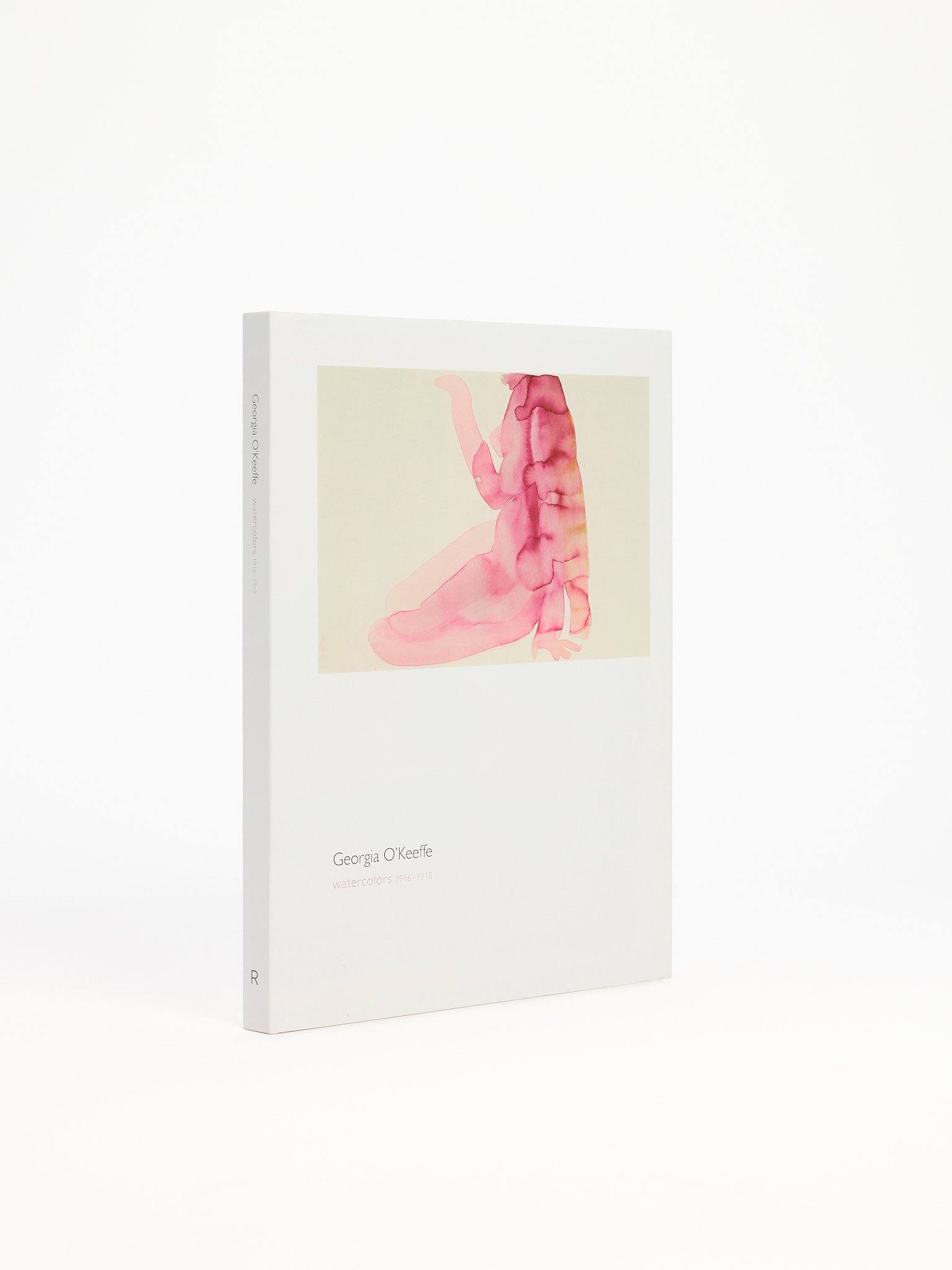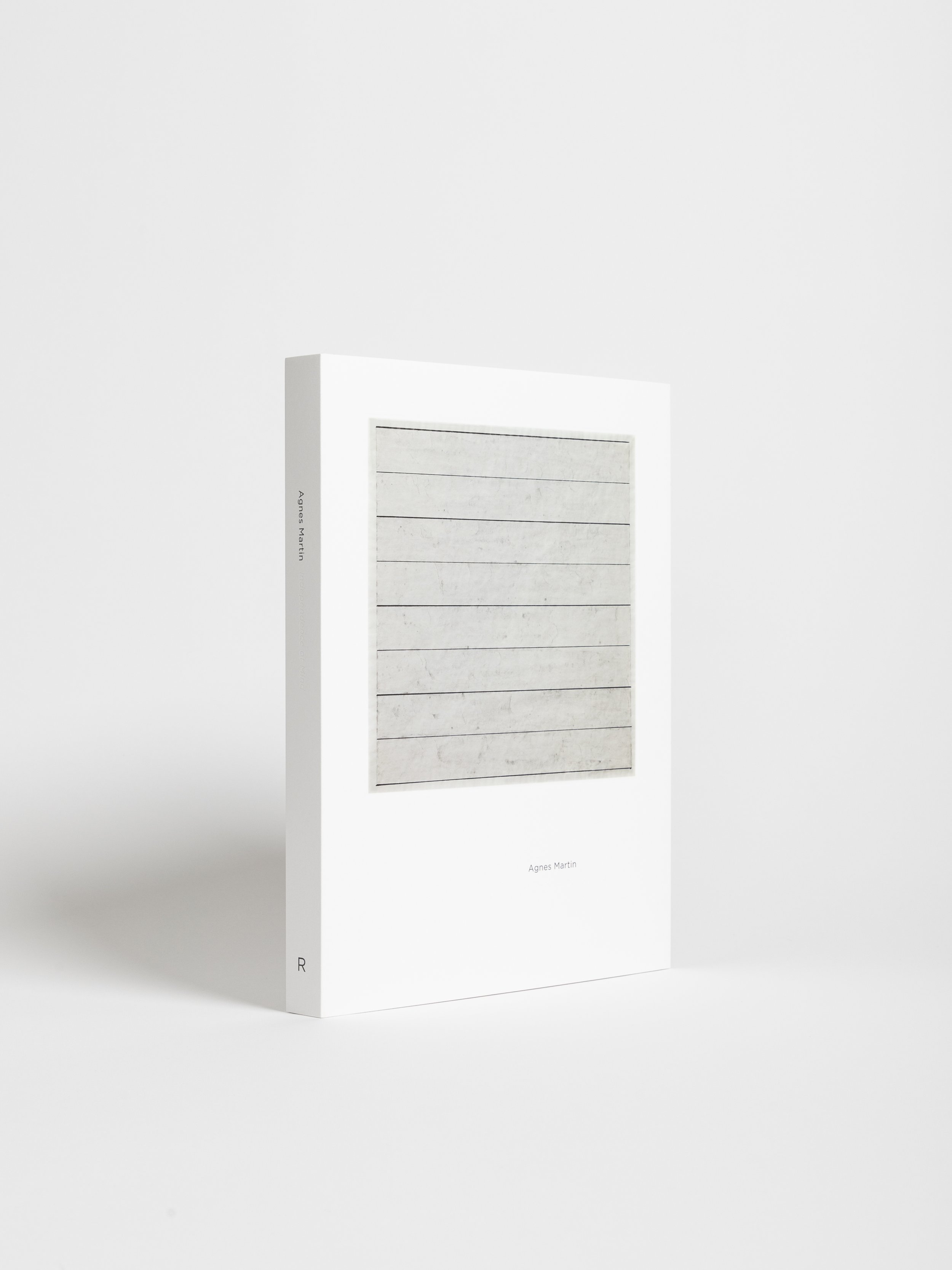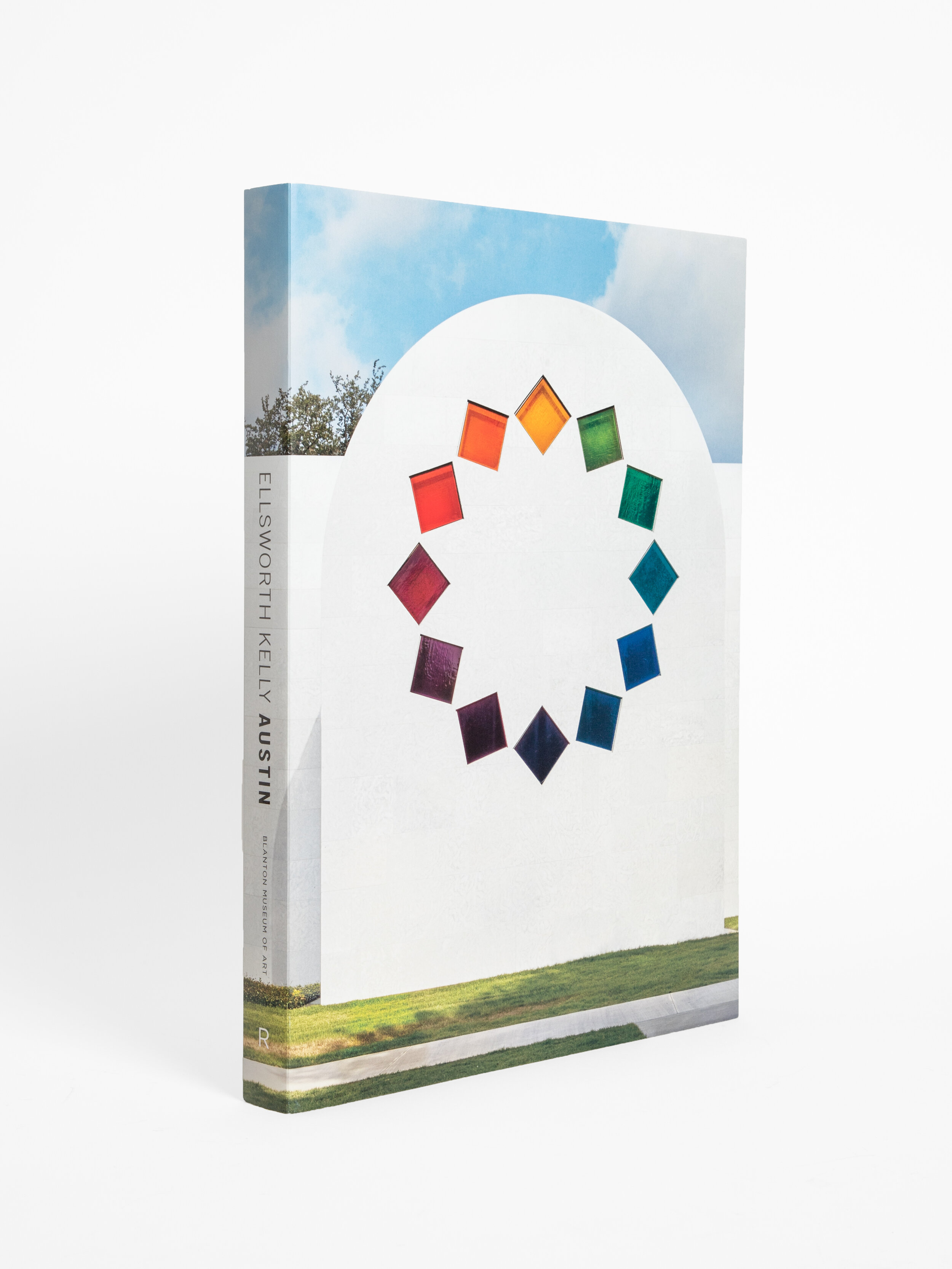Helen Frankenthaler: Late Works, 1988-2009
Helen Frankenthaler: Late Works, 1988–2009 is the first book to explore the late period of Frankenthaler’s art and life.
Profusely illustrated with more than 95 plates and 40 archival images, the book features essays by Douglas Dreishpoon and Suzanne Boorsch; a roundtable discussion with Katharina Grosse, Pepe Karmel, and Mary Weatherford; an illustrated chronology and selected bibliography. Initiated by Dreishpoon, Director of the Helen Frankenthaler Catalogue Raisonné and Chief Curator Emeritus at the Albright-Knox Art Gallery, the book complements an exhibition of Frankenthaler’s late paintings on paper and canvas organized by the Helen Frankenthaler Foundation and curated by Dreishpoon that premiered in 2021 at the New Britain Museum of American Art before traveling to the Weatherspoon Art Museum, Palm Springs Art Museum, and Artis—Naples/The Baker Museum.
Frankenthaler’s invention of the soak-stain technique expanded the possibilities of abstract painting with references to figuration and landscape. In later years, her practice continued to evolve through the use of diverse media and processes, as she shifted from painting canvas on the floor to using larger sheets of paper that were laid out on the floor or on table tops for easier accessibility. The continuity between the late work and what came before is striking, as the painter, graced with a vast art-historical image bank, and technical prowess, moved in whatever direction suited her mood and imagination.
Helen Frankenthaler: Late Works, 1988–2009 is the first book to explore the late period of Frankenthaler’s art and life.
Profusely illustrated with more than 95 plates and 40 archival images, the book features essays by Douglas Dreishpoon and Suzanne Boorsch; a roundtable discussion with Katharina Grosse, Pepe Karmel, and Mary Weatherford; an illustrated chronology and selected bibliography. Initiated by Dreishpoon, Director of the Helen Frankenthaler Catalogue Raisonné and Chief Curator Emeritus at the Albright-Knox Art Gallery, the book complements an exhibition of Frankenthaler’s late paintings on paper and canvas organized by the Helen Frankenthaler Foundation and curated by Dreishpoon that premiered in 2021 at the New Britain Museum of American Art before traveling to the Weatherspoon Art Museum, Palm Springs Art Museum, and Artis—Naples/The Baker Museum.
Frankenthaler’s invention of the soak-stain technique expanded the possibilities of abstract painting with references to figuration and landscape. In later years, her practice continued to evolve through the use of diverse media and processes, as she shifted from painting canvas on the floor to using larger sheets of paper that were laid out on the floor or on table tops for easier accessibility. The continuity between the late work and what came before is striking, as the painter, graced with a vast art-historical image bank, and technical prowess, moved in whatever direction suited her mood and imagination.
Helen Frankenthaler: Late Works, 1988–2009 is the first book to explore the late period of Frankenthaler’s art and life.
Profusely illustrated with more than 95 plates and 40 archival images, the book features essays by Douglas Dreishpoon and Suzanne Boorsch; a roundtable discussion with Katharina Grosse, Pepe Karmel, and Mary Weatherford; an illustrated chronology and selected bibliography. Initiated by Dreishpoon, Director of the Helen Frankenthaler Catalogue Raisonné and Chief Curator Emeritus at the Albright-Knox Art Gallery, the book complements an exhibition of Frankenthaler’s late paintings on paper and canvas organized by the Helen Frankenthaler Foundation and curated by Dreishpoon that premiered in 2021 at the New Britain Museum of American Art before traveling to the Weatherspoon Art Museum, Palm Springs Art Museum, and Artis—Naples/The Baker Museum.
Frankenthaler’s invention of the soak-stain technique expanded the possibilities of abstract painting with references to figuration and landscape. In later years, her practice continued to evolve through the use of diverse media and processes, as she shifted from painting canvas on the floor to using larger sheets of paper that were laid out on the floor or on table tops for easier accessibility. The continuity between the late work and what came before is striking, as the painter, graced with a vast art-historical image bank, and technical prowess, moved in whatever direction suited her mood and imagination.
YOU MAY ALSO LIKE
-
Artwork by Helen Frankenthaler
Preface by Elizabeth Smith
Text by Douglas Dreishpoon and Suzanne Boorsch
Roundtable with Katharina Gross, Pepe Karmel, and Mary WeatherfordHardcover
10.25 × 12.75 inches
288 pages / 135 images
ISBN: 9781942185888Co-published with the Helen Frankenthaler Foundation
Trade — $65












